


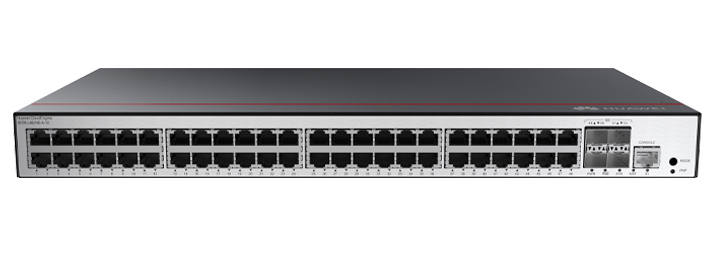
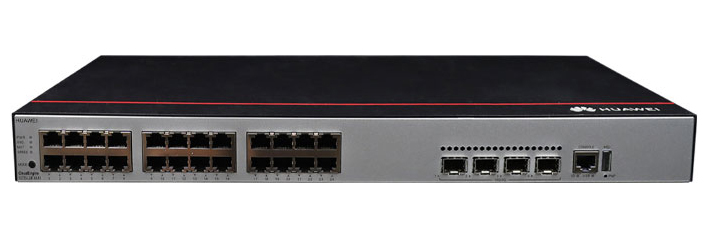
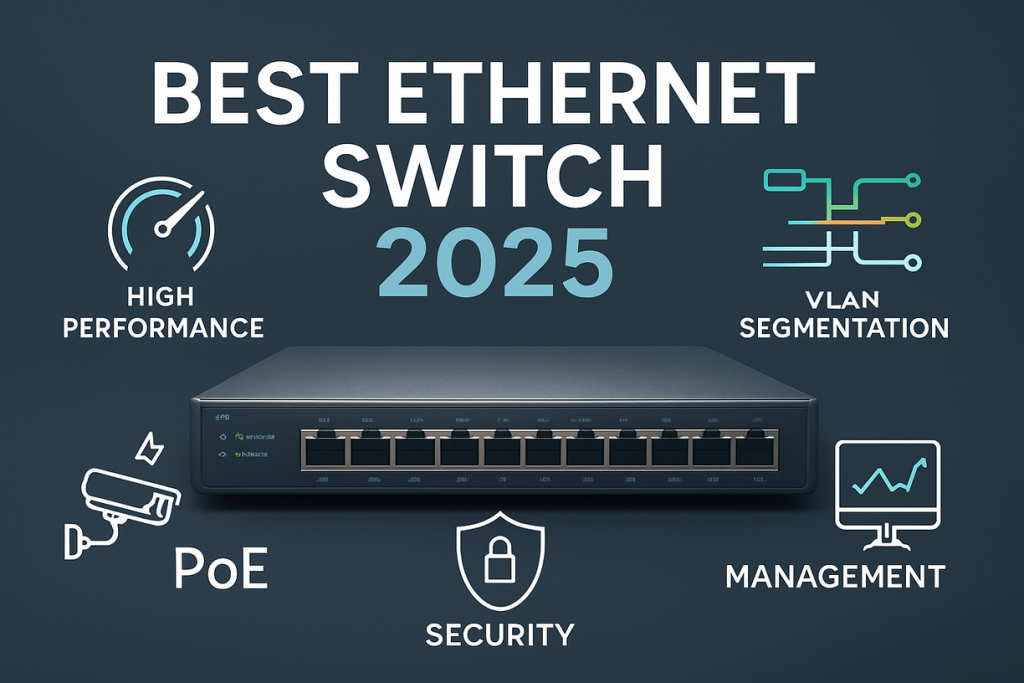


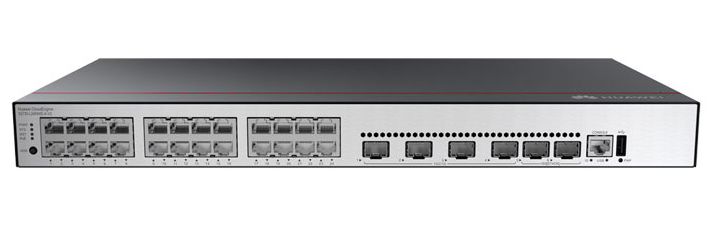
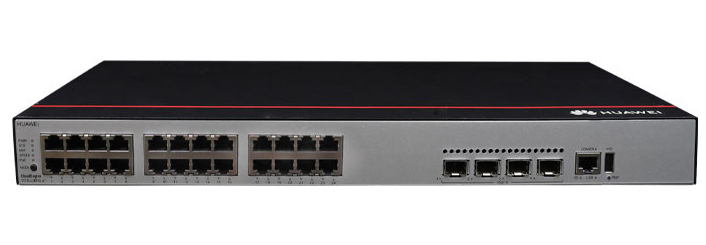

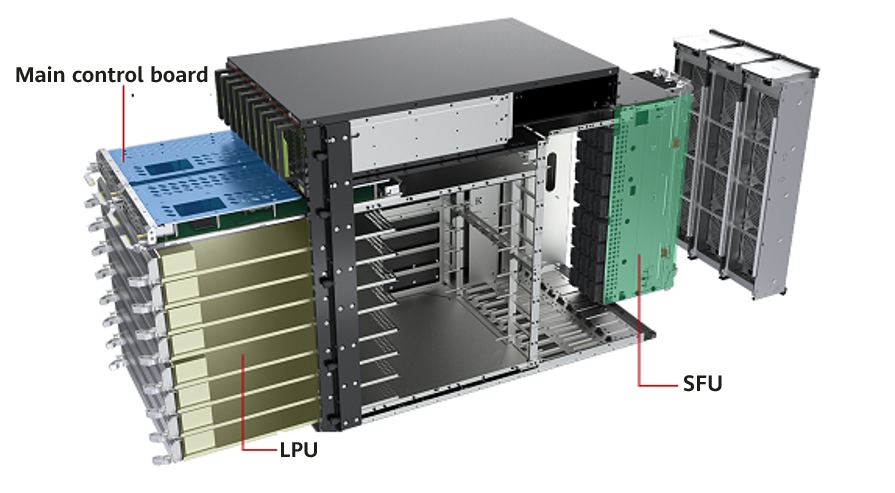

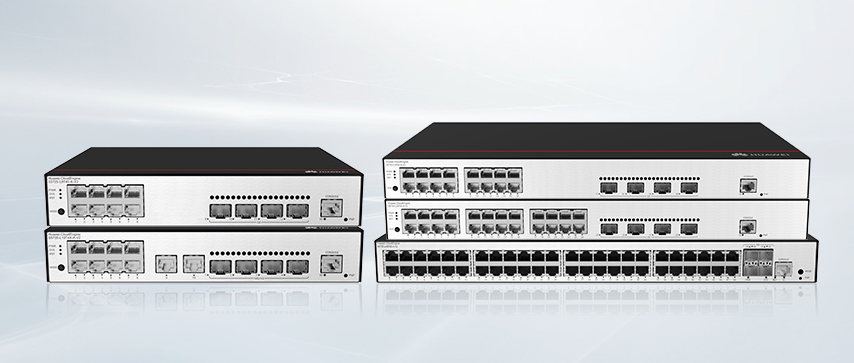
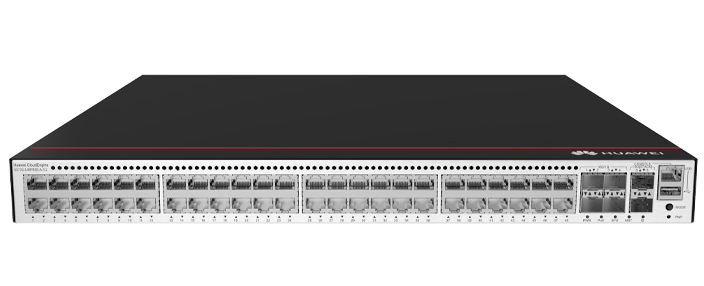
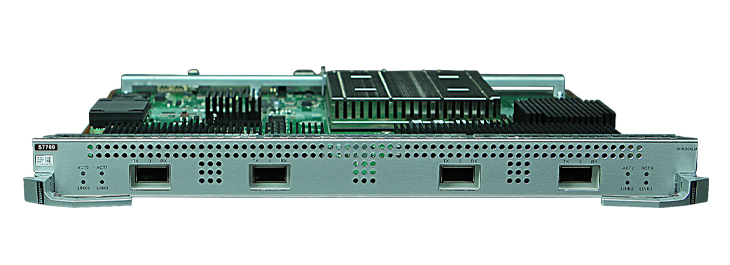

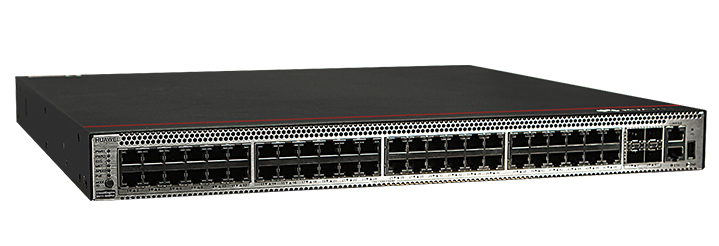
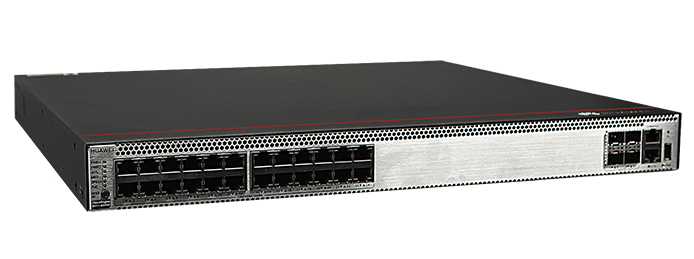
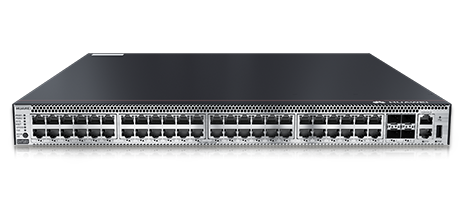
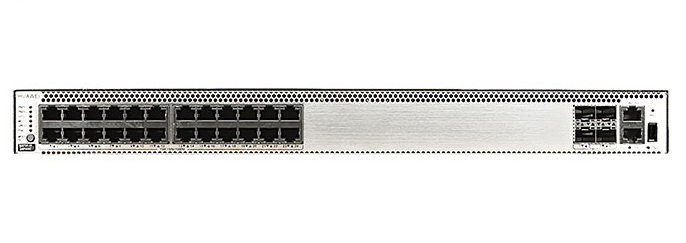
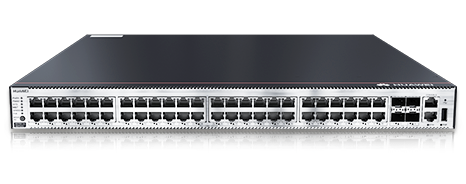
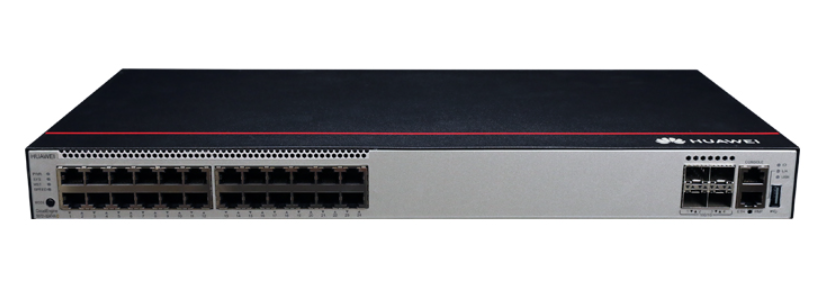
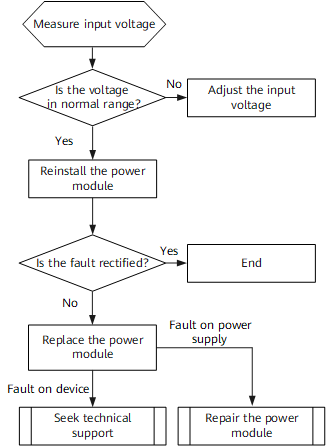
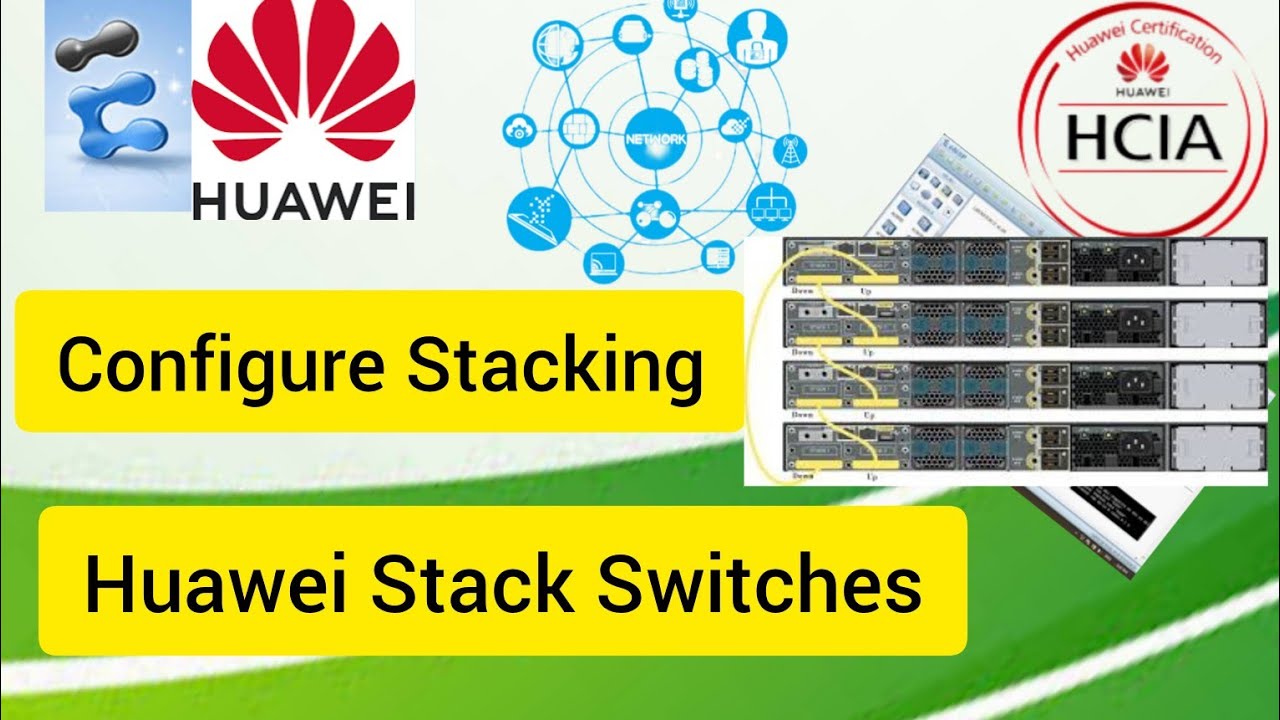
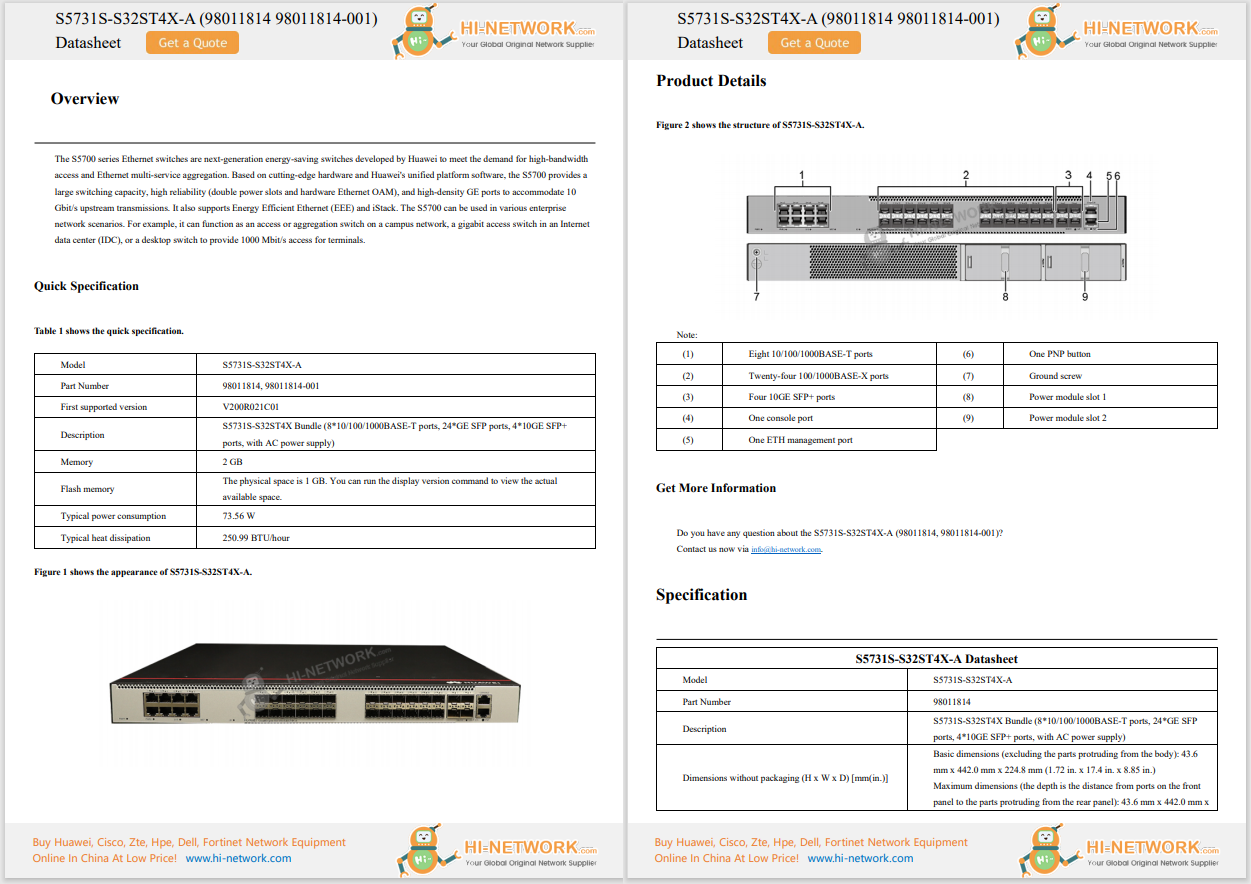
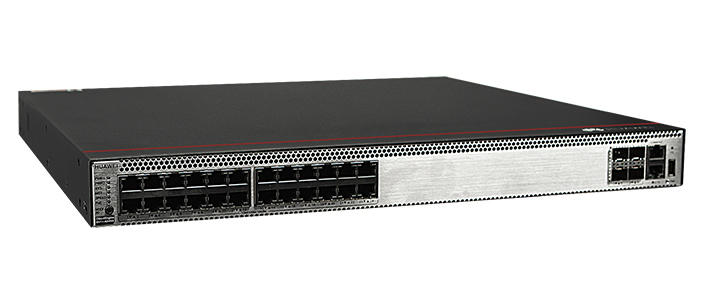
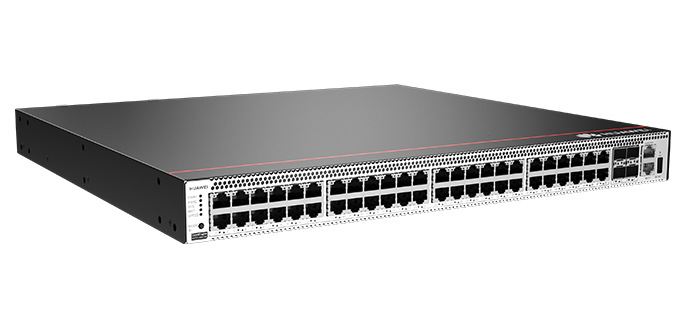
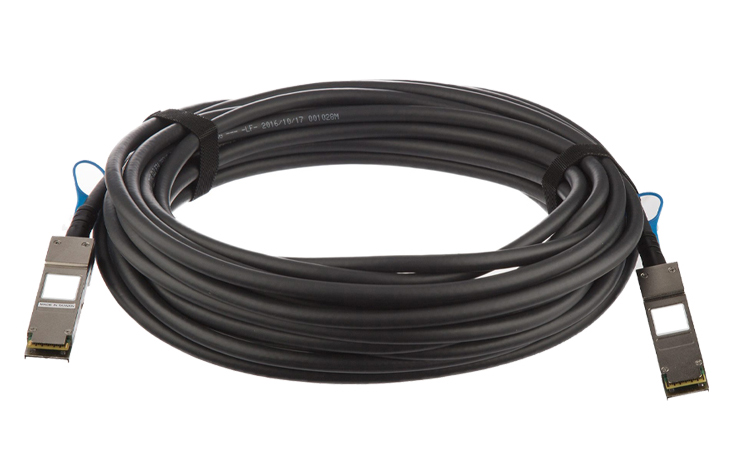
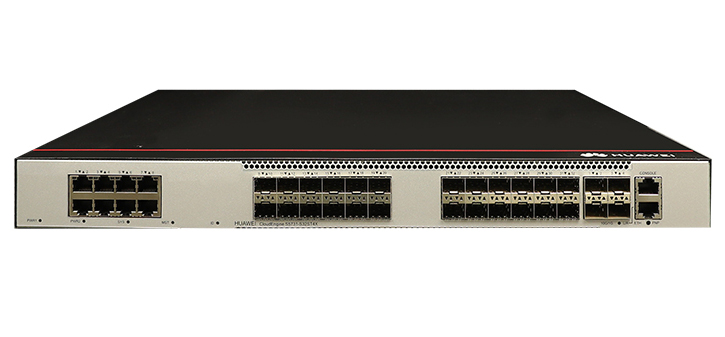
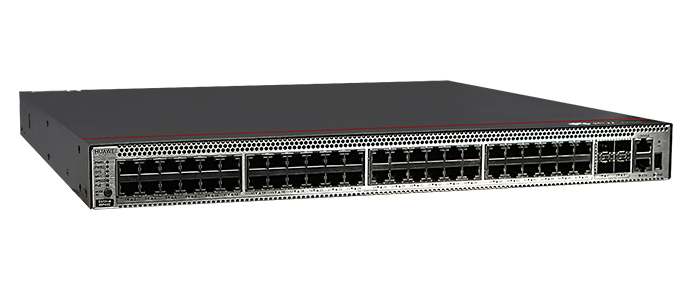
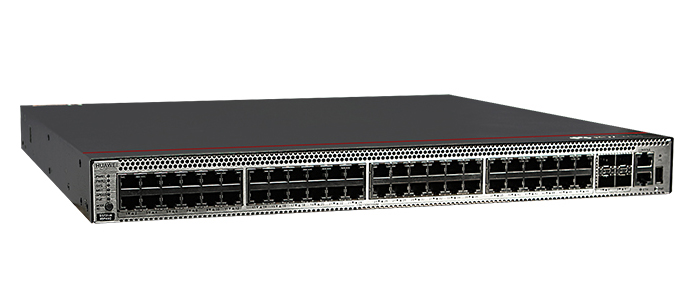

Hardcore Linux users will think I'm committing the ultimate blasphemy when I say the Linux terminal doesn't have to be a part of the equation.
Have to, being the operative term.
When I first started using Linux, the terminal was a must. If I wanted to install software... terminal. If I wanted to manage my network connections... terminal. So many things depended on the terminal window that, without it, Linux was practically unusable.
Fast-forward to now, and the terminal almost feels like an afterthought.
Also: I've used Linux for 30 years. Here are 5 reasons why I'll never switch to Windows or MacOS
Gasp.
Grab pearls.
Relax.
I'm not saying you should avoid the terminal. If you want to get the absolute most out of the Linux operating system, there are some pretty great things the terminal can do for you. But, as I said, it's not a necessity.
So, how is it possible that what was once considered an absolute must is now something to shrug off? And how is it that you can use Linux without ever opening the terminal?
Let me explain.
This is a big one. To really make this work, you need to select a distribution that bakes Flatpak or Snap (or both) support into the GUI app store. If you select such a distribution, you'll be able to install apps from the standard repositories, Snapcraft, or Flathub.
Also: Linux running in a PDF? This hack is as bizarre as it is brilliant
If you don't choose correctly, you'll wind up having to install some apps from the app store GUI and Flatpak or Snap apps from the command line. Some distributions that roll Flatpak or Snap support into the GUI app store include Ubuntu, Fedora, Pop!_OS, Linux Mint, elementary OS, and many more.
If your distribution uses the Nautilus file manager (in GNOME it's called Files), you'll want to install the nautilus-admin application. What this bit of software does is add "Edit as admin" and "Open as admin" entries to the file manager right-click context menu. The reason I suggest doing this is because, at some point, you're going to need to edit a configuration file. That's fine if you own the file, as you can simply double-click it in the file manager to open it in the associated application (such as Gedit). But if the file needs admin privileges to open, it'll open in read-only mode.
Also: 10 Linux apps I install on every new machine (and why you should, too)
To be able to edit the configuration files found in directories such as /etc, you'll need to add that application. Otherwise, you'll have to resort to editing the file from the terminal window, which we're trying to avoid.
When old-school Linux users need to configure something, they almost always default to the terminal window. For instance, if I need to change my network settings, I'll often open the config file in /etc/netplan with the nano editor and take care of things. What you need to know is the same things can be done in Settings. Although there's more that can be configured with netplan, Settings > Network (or however it's labeled in your distribution) is all you need for basic network connectivity.
Also: How to keep Linux optimized (and save time) with Stacer
Another thing to keep in mind is that some distributions offer more options within the Settings GUI than others. Then there's openSUSE, which not only includes Settings but also YaST. YaST is a very powerful GUI app that simplifies the configuration of services and other admin tasks. Most users who are new to Linux won't need the power of YaST, but most Settings GUIs will do just fine. Make sure you open the Settings app in your distribution and familiarize yourself with what it has to offer.
If GNOME is your desktop environment of choice, you should make sure that GNOME Tweaks is installed. This handy app gives you more control over the look and feel of your desktop. You'll get access to features like over-amplification, more theme options, startup applications, window title bars, top bar configuration, and much more.
Also: If you're ready to break up with Windows, this is the Linux distro I suggest for new users
At the same time, make sure to look into GNOME Extensions. You'll find a vast array of extensions that can help make it possible to avoid the command line, such as Snap Manager Lite, WiFi Access Point Banner, Bluetooth Quick Connect, COSMIC X11 Gestures, and much more.
There are a few small GUI apps that make it considerably easier to find the files you're looking for. Instead of opening a terminal and using the find or locate app, you could open Catfish and find what you're looking for. There's also your default file manager, many of which have powerful search tools. Some desktop environments (such as Unity) have search built into the App Overview (where you launch your apps), and others have dedicated search popups.
Also: The best Linux distributions for beginners
One of my favorite tools of this nature is Ulauncher, which behaves like a small pop-up (called with the Ctrl+Space keyboard shortcut). The only caveat to using Ulauncher as a search tool is that, to search for files, you have to start by typing a directory. For instance, if you know the file is in your home directory, you could type ~/ and all the files and folders in that directory will appear as a drop-down. Find the file you're looking for and select it with your keyboard arrow keys, and it'll open in the associated application.
There are other ways to ensure you don't have to touch the terminal window, but I will add this: At some point, once you've become familiar enough with Linux, you might want to venture into the world of the terminal window because there's more power and flexibility to be found within.
 Tags chauds:
technologie
Tags chauds:
technologie